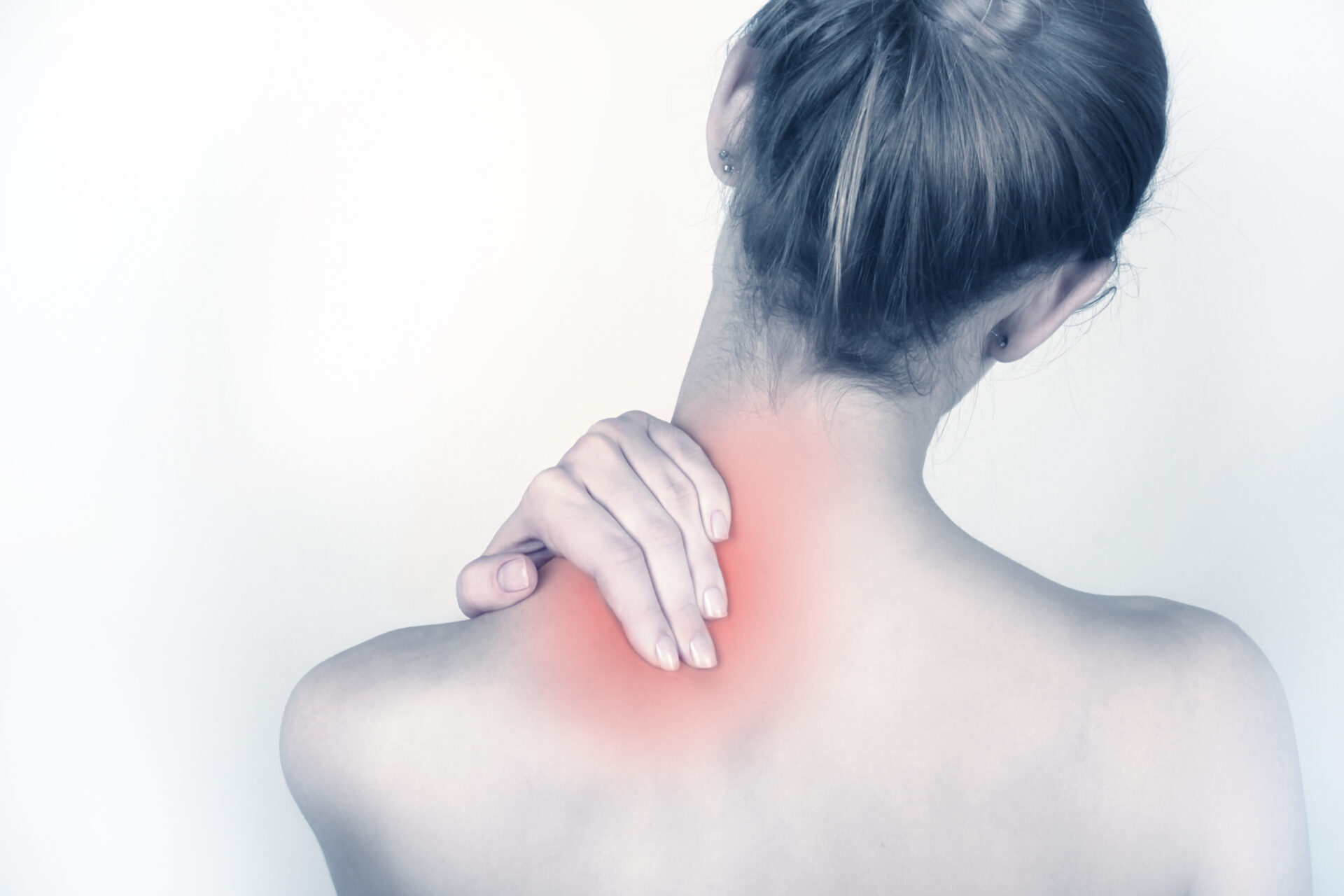Blog
Back Pain
Back injuries can develop due to numerous amount of different factors and circumstances. Some people are more likely to develop back pain than others. Something as simple as twisting the wrong way in bed can cause misalignment of the vertebrae while others may sustain back injuries while working, at home, or from an automotive accident or other traumatic event. Relief from back pain is one of the most common reasons why people seek chiropractic care.
While lower back injuries are the most common, pain in the thoracic pain (middle of the spine) and cervical pain (neck region) of the spinal cord also often occurs. These injuries affect the vertebrae, discs, soft tissues, muscles, and joints of your body. Other parts of your entire body can be affected due to these injuries.
Muscle strain often contributes to lower back pain. The erector spine, which helps keep the spine erect, can become inflamed and spasm. Discs that are not in their proper place due to malformation can cause damage to surrounding discs, joints, nerves, muscles, ligaments, and tendons.
Herniated or degenerative discs are often a cause of upper back pain. Typically rest, ice/heat packs, over-the-counter inflammatory medicine, and pain medicine such as aspirin treat back pain until the muscles are able to return to their lower positions. However, if the pain persists after more than a couple of weeks, the back may begin to atrophy and become significantly weak. This can leave you open to further injury.
Most cases of back pain are mechanical, meaning they are typically not caused by any serious conditions.
Back pain is experienced by 31 million Americans at any given time and is the single leading cause of disability worldwide. According to the US Department of Labor, workers in the healthcare industry sustain back injuries more than any other profession. The number one reported injury in health care is patient handling. 40 to 50 percent of nurses sustain back injuries. Workplace injuries cost a total of nearly $50,000 per injury on average for medical treatment and indemnity costs.
Physiotherapy
Physiotherapy is primarily performed as a remedy for impairments and disabilities. The practice of physiotherapy promotes mobility, functional ability, quality of life, and movement through examination, evaluation, diagnosis and physical intervention. This involves working with individuals to prevent the loss of mobility before it occurs by developing fitness and wellness-oriented programs for healthier and more active lifestyles, providing services to individuals and populations to develop, maintain and restore maximum movement and functional ability throughout the lifespan. The effort to ensure this to our best ability includes includes providing therapeutic treatment in circumstances where movement and function are threatened by aging, injury, disease or environmental factors.
Nutritional Consulting
Massage Therapy
Massage is the manipulation of superficial and deeper layers of muscle and connective tissue using various techniques, to enhance function, aid in the healing process, decrease muscle reflex activity, inhibit motor-neuron excitability, promote relaxation and well-being, and as a recreational activity.
Evidence strongly suggests early mobilization and range of motion exercises greatly improve recovery from nearly any injury or surgery.
Therapeutic Massage is used to:
- Reduce headache-related symptoms including migraines
- Reduce blood pressure
- Reduce stress
- Reduce depression
- Reduce Anxiety
- Reduce Allergies
- Reduce Allergies
- Improve circulation
- Increase muscle elasticity
- Treat sport injuries
- Increase muscle tone and flexibility
- Allergies
- Relax
Gonstead Technique
When using the Gonstead Chiropractic Technique, five criteria are used to detect the presence of vertebral subluxation.
1: Visualization – Chiropractors are experts at looking at subtle changes in posture and movement that could indicate any spinal problems.
2: Instrumentation – The stereoscope is an instrument used to detect uneven distributions of heat along the spine. These uneven areas of heat can be an indication of inflammation and nerve pressure.
3: Static Palpation – Static palpation is performed when the spine is in a stationary position. A process where the chiropractor feels the patient’s spine for the presence of any abnormal texture or tightness in the muscles or various tissues in the back.
4 – Motion Palpation – Motion Palpation is an examination of the spine while it is in movement. This allows the chiropractor to assess how easily the spine moves in various directions.
5 – X-Ray Analysis – X-Rays provide your chiropractor with a visual image of your entire spine structure. These full-spine radiographs are helpful in evaluating posture, vertebral misalignments, joint and disc integrity, and other important information.
Diversified Technique
The most commonly used adjustment technique by chiropractors, Diversified Technique is characterized by a high-velocity, low-amplitude thrust. Quick and shallow thrusts often result in a cavitation of a joint, causing the popping noise that is often associated with chiropractic adjustments. The objective of this technique is to restore movement and alignment to the spine as well as restore health to joints suffering from joint dysfunction.






